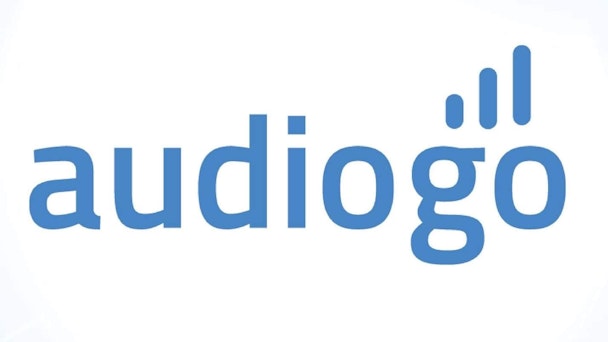Any customer's journey always begins with awareness

That was the case with South Bay Paints, who successfully transitioned to digital audio advertising.
The situation
South Bay Paints is a California-based group of Benjamin Moore franchises. They've been in business for more than 30 years, and they've relied nearly entirely on radio to raise awareness for all of them. But, like with most things, everything changed in 2020.
During the pandemic, South Bay Paints started using AudioGO more intensely as a way to reach local customers who were quarantined at home and needed help around the house. Their decision was based on the growing popularity of digital audio (particularly podcasts) and the appeal of an affordable self-service platform that entirely automated ad buying and creative production.
According to Edison Research, in-home audio streaming has climbed 44% since the start of the pandemic. During the same period, the IAB reported that podcast listening had increased by a whopping 21%.
The solution
South Bay Paints launched a series of ads as part of their “'Hire a Painter”' campaign, taking advantage of some tools not generally found in traditional radio advertising—specifically the ability to create professionally-made low-cost English-language and Spanish-language audio ads in under 24 hours.
They were also able to target streamers of popular podcast categories (such as news, business and sports) in the cities and zip codes where they’re located. With traditional radio, you often get a much broader audience since targeting is connected to geography. But digital audio allows you to message to specific listeners based on demographics, interests and user profiles.
Additionally, the ability to add tracking links to their AudioGO campaigns proved crucial, offering extra monitoring and management of clicks to their website through Google Analytics. With radio, on the other hand, it would have been difficult to measure the impact of their integrated marketing activities all in one place.
The results
South Bay Paints' two Spanish- and two English-language campaigns reached an audience of 165,000 unique listeners with over 260,000 ads. More than 160,000 people (98%) listened to their 30-second ads all the way through.
Moreover, South Bay Paints was able to improve campaign effectiveness over time by integrating real-time performance data from its AudioGO and Google Analytics dashboards. For example, when they tried out different genres in their earlier campaigns, they found that people were more interested in electronic music and news podcasts. This allowed them to make informed decisions that helped each of their subsequent campaigns do even better.
"For us, the ability to submit a script and get a custom studio-produced ad so quickly was a key factor in what made AudioGO work so well," said Jennifer Stivers of the South Bay Paints team. "We were able to create messaging that was timely and get it out quickly. In addition to the reporting, I measure ROI in other ways. For example, calls requesting help from Spanish-speaking staff increased during the time frames we ran Spanish ads."
Conclusion
The advertising industry as a whole is going through its own digital revolution—but it's up to businesses of all sizes to take advantage of digital transformation. Had South Bay Paints maintained their traditional approach involving people in every step of ad buying, planning, and placement for decades, they would have never experienced the sort of ROI they did.
Fortunately, they recognized that they could advertise in “smarter” ways, making use of intelligent algorithms that automatically fulfilled many of those functions with the ease of a few clicks. They had the foresight to see that this new way of digital advertising, called "programmatic advertising," is the way of the future. Not only is it based on data, it's targeted, faster and easier.
